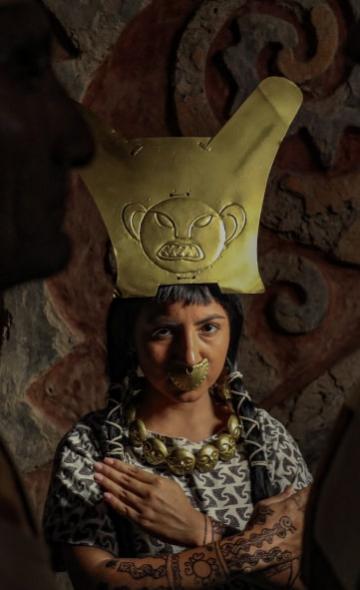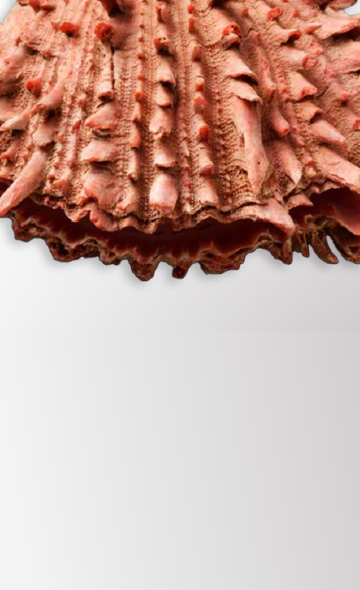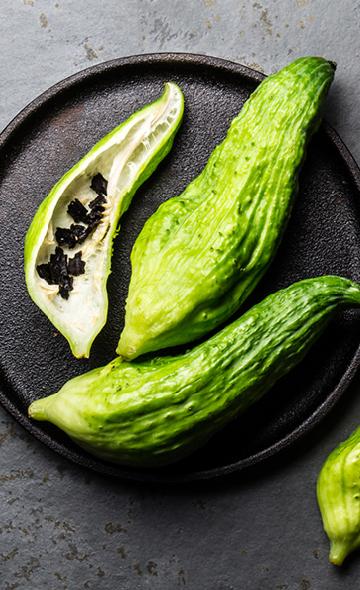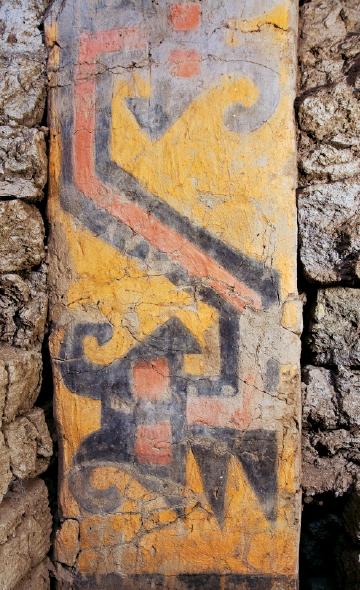- Visitors
- Researchers
- Students
- Community
- Information for the tourist
- Hours and fees
- How to get?
- Visitor Regulations
- Virtual tours
- Classic route
- Mystical route
- Specialized route
- Site museum
- Know the town
- Cultural Spaces
- Cao Museum
- Huaca Cao Viejo
- Huaca Prieta
- Huaca Cortada
- Ceremonial Well
- Walls
- Play at home
- Puzzle
- Trivia
- Memorize
- Crosswords
- Alphabet soup
- Crafts
- Pac-Man Moche
- Workshops and Inventory
- Micro-workshops
- Collections inventory
- News
- Students
- Dama de Cao or Señora de Cao? We tell you here what the correct term is and why
News
CategoriesSelect the category you want to see:
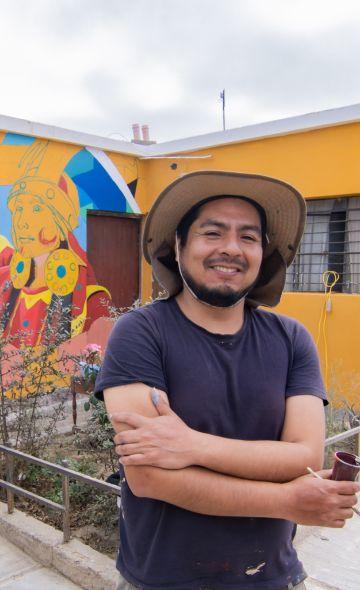
Magdalena de Cao to Once Again Host an International Mural Art Gathering ...
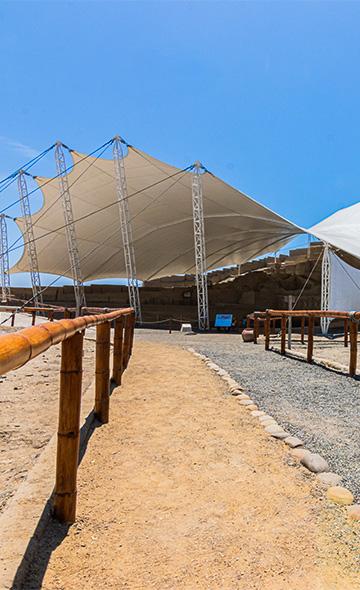
Explore El Brujo Through Virtual Tours: Culture and History at a Click ...
To receive new news.
By: Complejo arqueológico El Brujo
In Spanish, there is a debate between the use of the terms "Dama de Cao" and "Señora de Cao" to refer to the elite Mochica personage found in Huaca Cao Viejo years ago. However, in this publication of the El Brujo Archaeological Complex (CAEB) we resolve the doubts regarding the use of both terms, and we also reveal some interesting facts about her discovery and the progress of the research.
Do you say Dama de Cao or Señora de Cao?
Archaeologist Augusto Bazán, Director of Research at the CAEB, tells us that, when the tomb was discovered, her identity was unknown, so she was initially designated as "Individual 1 of Tomb 3". This designation was due to the fact that the tomb housed two individuals: one wrapped in a funerary bundle and the other, a male teenager, who died of strangulation.
After extracting the body from the tomb and taking X-rays of the funerary bundle, it was determined that the individual was of feminine gender. One year later, when the wrapping was removed and her elite status was recognized, she was identified with both the name "Señora de Cao" and "Dama de Cao", thus reflecting her prominent position in society.
According to Bazán, after his research, the preferred name became "Señora de Cao", although there are initial records where the term "Dama de Cao" is commonly used. Currently, at the institutional level, the standardization as "Señora de Cao" is favored due to its greater presence in the literature, although the use of "Dama" is not considered incorrect. As for its translation into English, "Lady of Cao" is used, with no variations in the literature.
1.jpg)
The Spanish female term "Señora" is also more appropriate because “Señor” is the one that has been given to the great male personages of pre-Hispanic cultures. Thus, we have "Señor de Úcupe", "Señor de Sipán", and "Señor Guerrero de Virú", among others.
Where was the Lady of Cao found?
The Lady of Cao was found in an exceptionally large and deep tomb at Huaca Cao Viejo in a ceremonial enclosure with decorated walls. It is believed that the tomb was possibly made between the fourth and fifth centuries.
This archaeological discovery took place in 2005, when five tombs were revealed, where the one containing the funerary bundle of the Lady of Cao stood out. Aside from this tomb, there was also that of an elite personage known as the "Chief Priest", while tombs 2 and 4 contained male characters without offerings; and a fifth tomb containing the skeletal remains of different subjects.
1.jpg)
What does the Lady of Cao represent?
The Lady of Cao is a very important discovery in Peruvian archaeology. Its singularity lies in the fact that there are very few comparable finds in the region. Finding a female tomb with a rich variety of prestigious objects, which denote power and hierarchy, together with the exceptional preservation of the skin, within a context so particular as the enclosure where it was found, is unprecedented in Andean archaeology: "The discovery is so peculiar and unique in its configuration, that it is still difficult to understand. Therefore, as an institution, we are committed to recording and rescuing the contextual information in a pertinent way before understanding the particularity of the findings," said Augusto Bazán.
What did the Lady of Cao die of?
Studies are still lacking to reveal the exact cause of death of the Lady of Cao. However, what is known to date, according to bioanthropological studies, is that he died at approximately 25 years of age. Similarly, it is speculated that her death was an important event within her cultural and social context. Proof of that would be the complex funerary trousseau that she had, as well as the context in which she was found.
Now that you know what is the preferred way to call this elite Mochica character, we invite you to visit the El Brujo Archaeological Complex to learn more about Señora de Cao / Lady of Cao and the Mochica culture. We are expecting you in Magdalena de Cao!
Students , outstanding news


